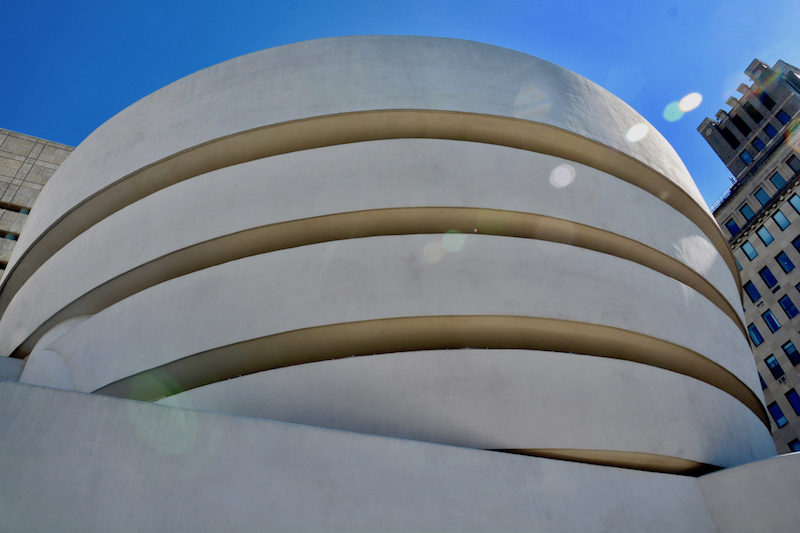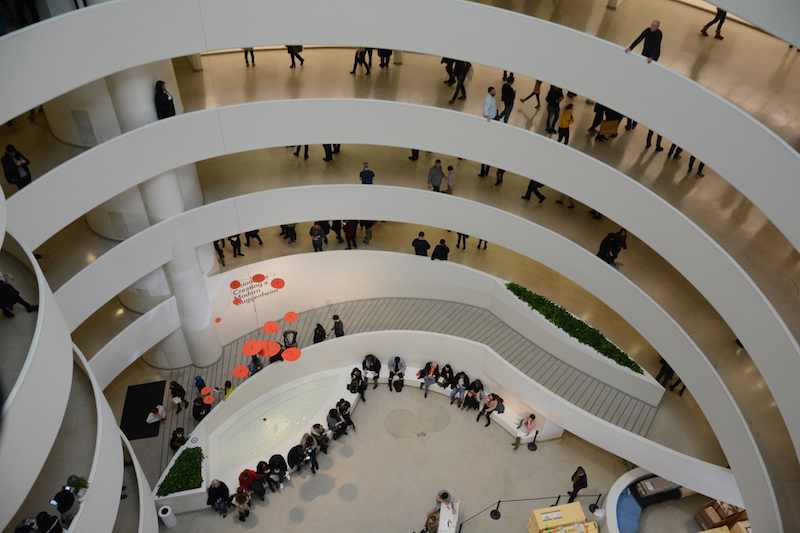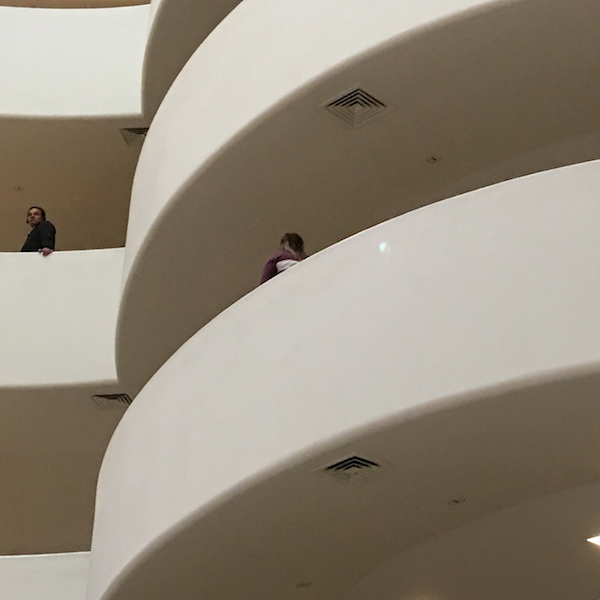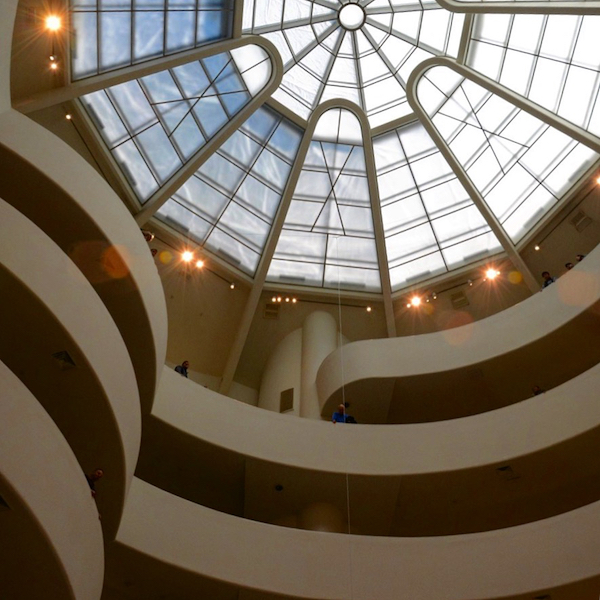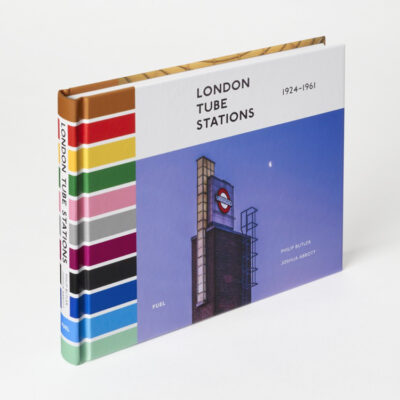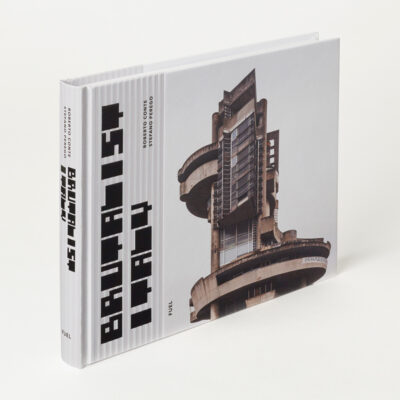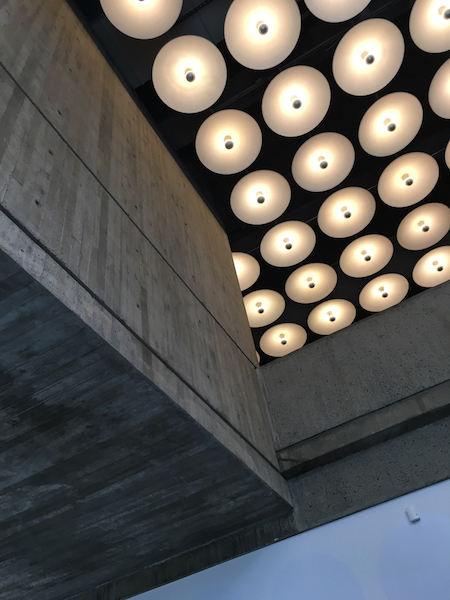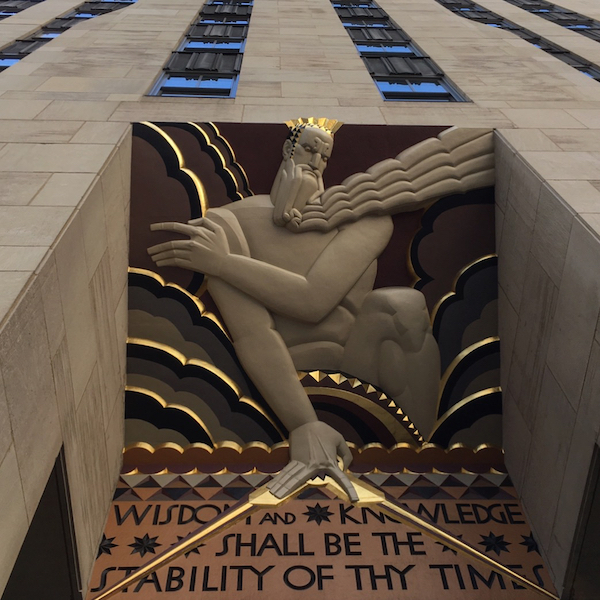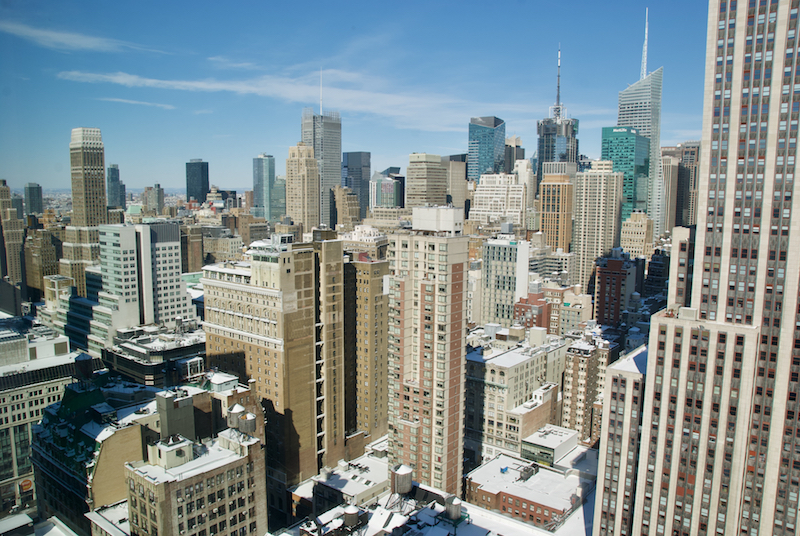‘My Uncle’s Garage’
By Greyscape
6th January 2018
The power of the Modernist triumph, the Solomon R. Guggenheim Museum in the heart of NYC is that it is a building that people who otherwise declare no interest in architecture are nevertheless fascinated by. The Museum of Non-Objective Painting as it was initially known was created in 1937 by Hilla Von Rebay who instructed William Muschenheim to create a space where visitors would catch their first glimpse of work by Vasily Kandinsky, Alice Mason, Rudolf Bauer, Otto Nebel, and some of Rebay’s paintings. It became clear as the Guggenheim collection grew in size that more space was required, but it needed to be worthy of this very particular art collection. The Guggenheim Foundation had by 1948 added the art collection of the estate of NYC art dealer Karl Nierendorf which was informed by German Surrealism and Expressionism. Frank Lloyd Wright was commissioned in 1943 and ultimately the space we are familiar with today opened after much delay on October 21st, 1959. It had been a journey from conception to delivery thwarted by WW2 and the death of Soloman R Guggenheim in 1949.
The Board changed the name of the Museum shortly after Soloman Guggenheim’s death to the Soloman R. Guggenheim Museum. It’s a name which has remained to this day although most people lose the first name and initial R. Everything that had been set in place prewar changed, Rebay fell out of favour with Solomon’s son Harry which culminated in her stepping down. A new Director was appointed in 1952, James Johnson Sweeney who had been a curator of the NYC MOMA. Here was a man who was able to drive through a project and vision, four years later in 1956 construction began on the building we are familiar with today. Sweeney purchased art imaginatively and added to the collection works by Giacometti, Cezanne and Calder. Not everyone was as enamoured by FLW’s vision New York Times art critic John Canaday described it as “the giddiness of the funhouse in amusement parks.”
Thomas M. Messer became the new Director in 1963 and added a stary selection of works by Van Gogh, Gauguin, Manet and Picasso. He persuaded Peggy Guggenheim who nicknamed the museum ‘my uncle’s garage’ to agree to leave her collection to the Guggenheim. When she died in 1978 her 300 piece collection which included works by Magritte, Ernst, Jackson Pollock and Marcel Duchamp became part of the collection of the Guggenheim Foundation. This also led to the Foundation’s second home opening in Venice in Peggy’s sumptuous palazzo overlooking the Grand Canal.
I think Solomon would be happy to see the shape his original vision is in and that Frank Lloyd Wright would feel entirely pleased that his decision to build in the heart of the metropolis has paid off in spades.
Photo Credits: Howard Morris




